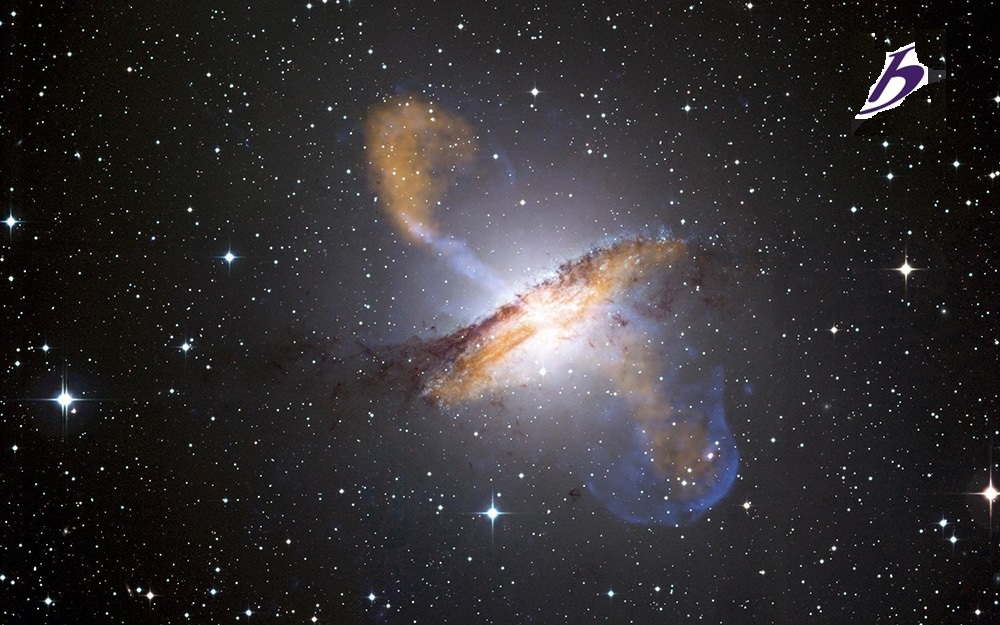Planck E PressCenter Articles
The Five Fundamental Constants
Date published: 2022-09-26
Date modified: 2022-09-26
Reading time: 00:01:36

“It is precisely because it does not have an intrinsic reality
that its relativity can manifest itself ad infinitum.”
Trinh Xuan Thuan
A long time ago, my mother-in-law –who is Dutch- proposed to teach me an apple pie recipe, a family tradition. When I asked about the ingredients, she told me: “what kind of apples do you have here in Brazil?” Intrigued by the question, I simply answered, “red and green.” In another article, I stated that the Inuit have 52 words for snow. On my Brazilian side, I know 18 types of bananas!
By the time Max Planck proposed a solution to the ultraviolet catastrophe, he had already arrived at his constant ![]() . However, he doubted whether this was in fact a universal constant or a mathematical device created by his privileged mind (Planck had an IQ of 192) to support a theory that undermined classical physics. For two years he tried to prove his theory wrong. He wasn't able to.
. However, he doubted whether this was in fact a universal constant or a mathematical device created by his privileged mind (Planck had an IQ of 192) to support a theory that undermined classical physics. For two years he tried to prove his theory wrong. He wasn't able to.
Before we delve into the foresta oscura about universal constants, let's take a look at the divorce between math and physics. A clarification is in order: every physical theory is only valid from its mathematical proof and vice versa.
Pure Mathematics is deeply rooted in Philosophy. Thus, in the service of classical physics, where everything is ideal, there was no conflict. When relativistic physics and quantum mechanics emerged, with the space-time dimension; with challenges to Aristotelian logic, mathematicians resented while physicists fretted. Bedlam was installed, pure Mathematics severed relations with the new physics, and these adopted the segments of Mathematics that fulfilled the validation of their theories.
At the end of two years, Planck proves its condition ![]() as a Universal Constant, laying the foundations for the Special Theory of Relativity and opening the doors of Consensus to Quantum Mechanics.
as a Universal Constant, laying the foundations for the Special Theory of Relativity and opening the doors of Consensus to Quantum Mechanics.
Finally, a universal constant is a universal quantity and therefore has a constant value on the Arrow of Time. Since May 2019, the International System (SI) recognizes the existence of five universal constants: the speed of light in a vacuum, c; Planck's constant, ![]() ; the elemental charge, e; Avogadro's constant, Na and Boltzmann's constant, kB.
; the elemental charge, e; Avogadro's constant, Na and Boltzmann's constant, kB.
Oh! There are over 100 varieties of apples.
Keywords
- Business Intelligence
- Strategic Consulting
- Planck's Constant
- Business Consulting
- Quantum Mecanics and Business
- Universal Constant
- fundamental constant
For further information about Planck E PressCenter, please contact us.
Divulging ingenious solutions
The mission of the Planck E PressCenter is to promote ideas, products and theories that have not yet reached the mainstream, as captured in our first release Eccentrics and their Ingenious Solutions.
Newsletter
Sign up for our weekly Planck E Newsletter, complete with the latest ingenious solutions.
Click here for the signup form.
Submit your ingenious solution
We encourage you to submit your ingenious solution, article, press release or "out of the mainstream" technical idea for publication on the Planck E PressCenter. Please send us an e-mail to presscenter@planck-e.com and enquire how.
To learn more about holistic engineering, solutions inspired by nature, monetization of diseconomies, training courses or the incorporation of Being Data to your day-to-day, please follow us on the social networks.

